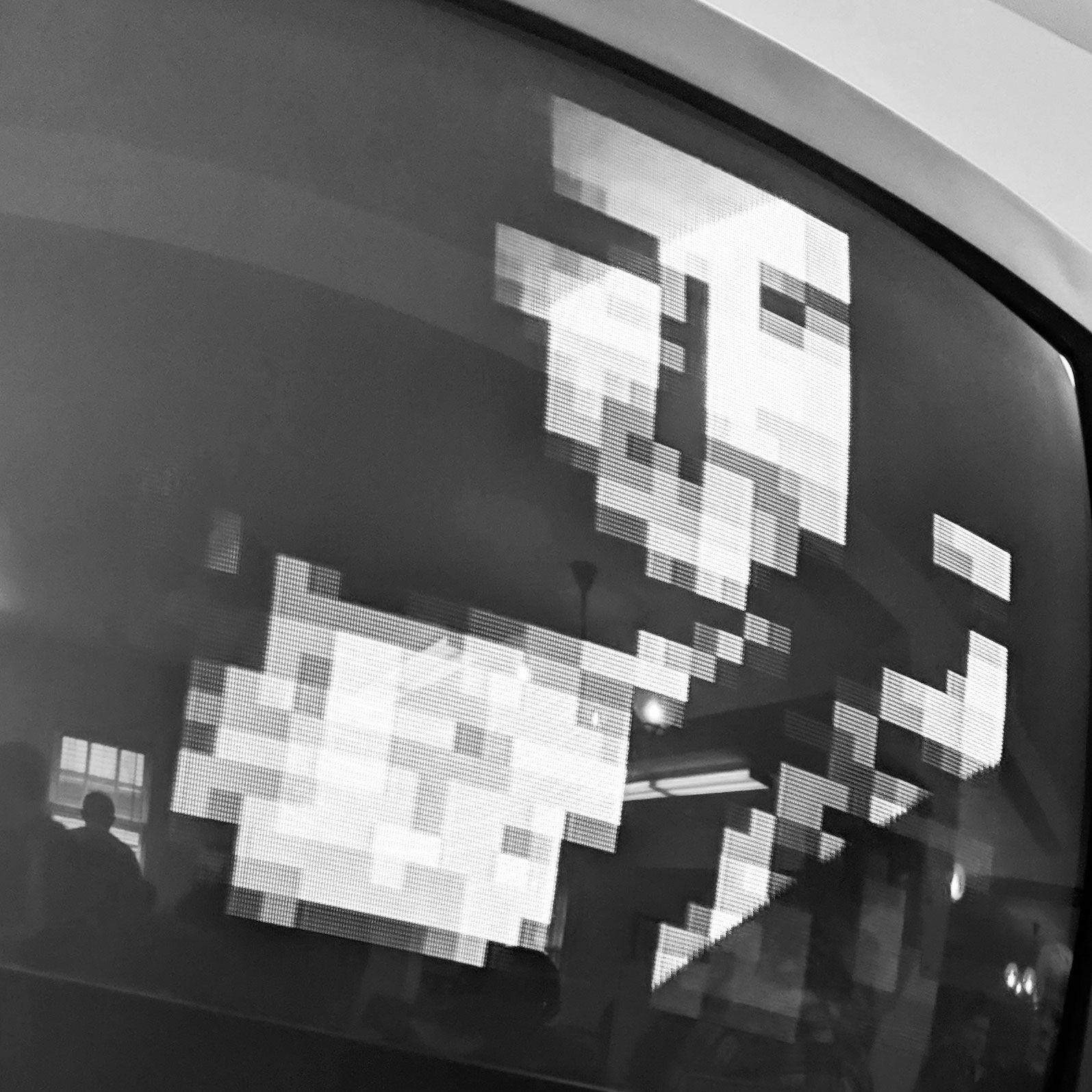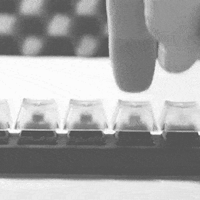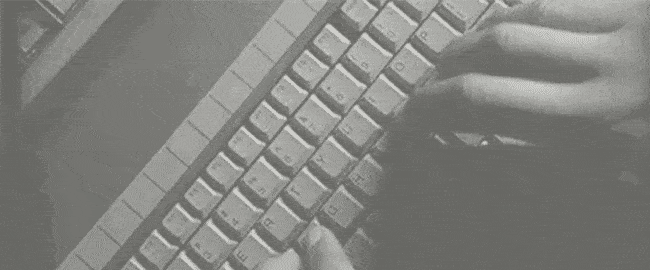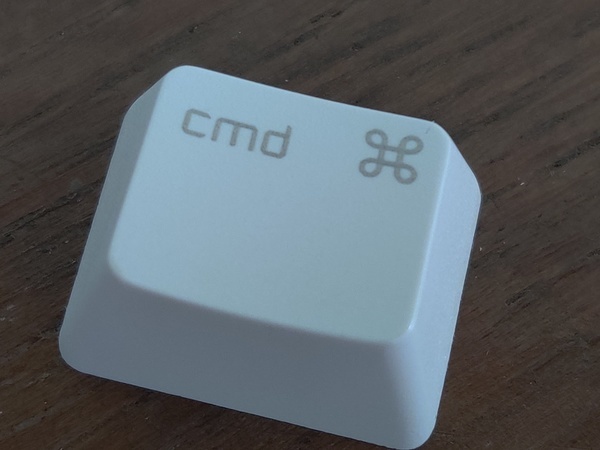
This command key feels more textured than my other command key.
Over the weekend, I had a sudden urge to clean my keyboard. I don’t know where it came from, but I went through the motions of keyboard cleanup in a pretty methodical way.
To me, it felt like a form of yak shaving, the idea that in an attempt to do one big thing, you keep going on smaller tangents largely unrelated to your initial goal.
Simply, I did a search online to answer a question that I suddenly had—how could I dampen the noise levels on my mechanical keyboard—and in the end, I ultimately found myself tearing apart the device, scrubbing away and cleaning 104 keys, separately, with soap and water.
Here are just a few things that I realized from this process:
Everyone should clean their keyboard occasionally. Even if the keyboard works. Even if it looks clean. It’s your primary tool to reach your computer. It’s important. If you like it, you should show some respect to the tool that you use. It’s like sharpening a blade. (My personal blade these days is a Nixeus Moda Pro, which is wired and does not have RGB backlighting, because that stuff is lame. It’s no longer on sale via Amazon because I’ve had it for half a decade and still use it because it works.)
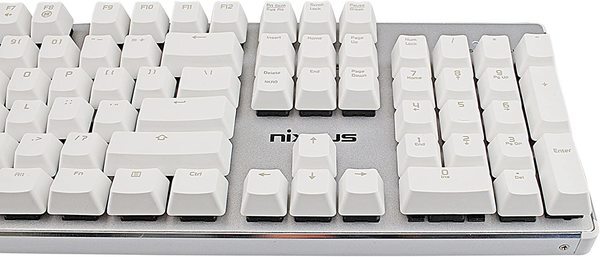
The keyboard I use. It’s loud. (via Amazon)
Even though I know all keys by muscle memory, I still need an image to reference them. I do not have to look down at my keyboard to figure out where the Q key is, and generally know even the special symbols like the back of my hand. (Protip: If you are primarily a writer and want to make your life easier in Linux, set your keyboard up as a Macintosh keyboard and then tweak the Windows/Super key to work as a “third-level” key. I do this using Gnome’s Tweak Tool. It makes it far easier to type in special symbols.) But while I was doing the process of putting a keyboard back into place, I came to realize it was necessary to actually look at an image of the keyboard, so I could remember where all the keys originally went. It seems silly to think that this would even be necessary, given how the key placement is etched into my brain at this point, but this feels like a natural example of the differences between muscle memory and cognitive memory.
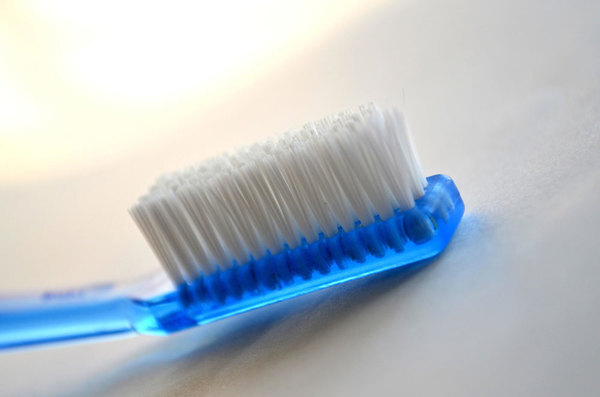
The cleaning method I should have used. I didn’t. (picspd/Pixnio)
The best tool to clean the actual surface of the keyboard is probably a toothbrush. When it comes to mechanical keys, the switches are generally soldered on, so you’re probably not going to be removing them. That means you’ll have to spend some time working around a lot of crevices. Rags and paper towels seemed like the best strategy at first, but the tops of the switches will ultimately get in the way. Ultimately a thin brush will be most effective. (For the keys themselves, a container with soap and water, mixed with a rag, more than does the job.)
I favor the left command key over the right one. The way that I learned this was incredibly strange. I tapped the command key after setting it back up and realized that the device felt more textured than usual. It was subtle, sure, but I definitely noticed. Sure enough, it turned out that I put my right key on my left key. It was modestly mind-blowing to realize.
Does putting foam in a keyboard have an effect? Not really. The reason why I did this in the first place was because I was listening to audio from interviews I’ve recently done, and I’ve realized that the mechanical keyboard I use sometimes gets in the way of the audio I record. (It uses blue switches, which, as I’ve written, are the loud ones.) I read online that putting foam at the bottom of the keyboard possibly reduces vibration, and I just happened to have some foam I could stick into the keyboard. Did it really have an effect? Well … uh, not really. But it still got me to clean my keyboard, and now you get to read me pondering it.
I’m the Henry David Thoreau of the internet. Yes, I said it.
Time limit given ⏲: 30 minutes
Time left on clock ⏲: 4 minutes, 20 seconds

